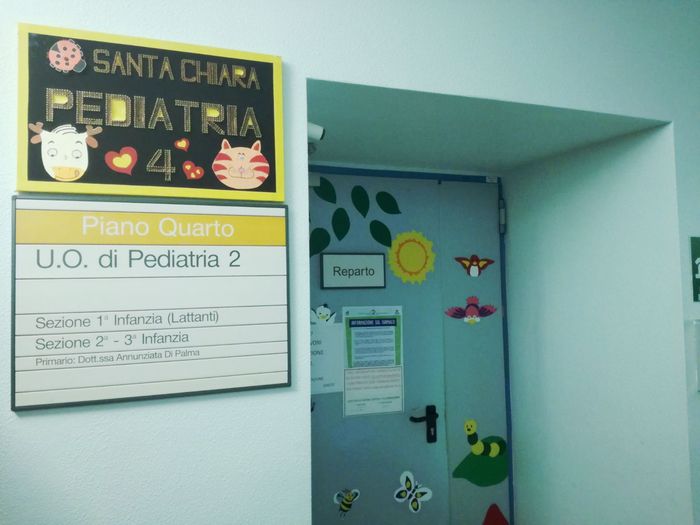With COVID-82%, hospitalization for pediatric respiratory diseases

From the use of telemedicine to improve tele-care to the need to accelerate the recovery of vaccines lost during a Covid emergency. Even false news about children’s health and delays in diagnosing various diseases that affect children, including celiac disease: Covid has changed childcare. But among the features that characterized last winter was the disappearance of infectious diseases that affect children, such as influenza and measles, and above all, a sharp decrease in hospitalizations by more than 80% and access to emergency cases due to bronchiolitis and others. Respiratory infections among newborns, thanks to measures taken against SARS-CoV-2, from masks to spacing babies.
For the evaluation will be the 76th Congress of the Italian Pediatric Association, scheduled for May 25-28. One of the aspects that made last winter unique was the disappearance of the Syncitial Respiratory Virus, which infects 3.5 million children worldwide every year, and is one of the most common reasons for arriving in the emergency room in the first months of life. An Italian study published in JAMA and conducted at the Umberto I of the University of Roma-La Sapienza observed an 82% decrease in hospital admissions for respiratory diseases under 5 years of age in the 2020-21 season compared to the 2018-2019 season. Moreover, rhinovirus was the leader in hospitalized patients with 86%, while respiratory syncytial virus appeared in only 8.5% of samples, a decrease of 88% compared to winter 2018-2019.
Influenza, measles and bacteria have also disappeared. A recent multicenter study in 15 Italian hospitals published in the Journal of Environmental Research of Public Health reported an overall decrease of 85% in access to emergency rooms, mainly due to a decrease in airborne injuries. Fabio Medola, head of the pediatric emergency department at Umberto I and president of the Italian Society of Pediatric Respiratory Diseases (CIMRI), explains that the Covid epidemic has left us an important legacy that we must preserve: the effective use of masks and ventilation. In classroom, temperature control at school entrance and in busy classrooms. In addition to hand hygiene and greater concern on the part of pediatricians and parents not to take children to school if they have a fever or cough, or if they have just recovered. It improved the health of young people and provided relief to hospitals. ” On the other hand, Medola continues, “The number of children who come to the emergency room is in critical condition due to delays in diagnosing decompensated diabetes, leukemia and childhood cancer. “The delay in diagnosis is also felt to a large extent in intestinal diseases, whose symptoms are often reduced to a minimum.”
In a study we did in Campania, we saw, by 2020, a 30% reduction in diagnoses of celiac disease, the gluten intolerance that afflicts 52,000 very young adults, with the addition of 100,000 cases that have not yet been diagnosed. This means that those who show symptoms wait longer to receive treatment, ”explains Ricardo Troncon, professor of pediatrics at the University of Naples Federico II and president of the International Society for the Study of Celiac Disease. We have a way of thinking – he adds – indicating that this data also indicates. To other Italian regions and even those that last year had a greater impact on the epidemic.This will be one of the topics on the agenda of the IAPA conference, which will feature nearly 800 pediatricians, with more than 500 presentations and 31 conferences at the heart of this edition General, such as “Pediatrician’s Day”, which will be celebrated on May 25..

“Award-winning zombie scholar. Music practitioner. Food expert. Troublemaker.”


/cloudfront-eu-central-1.images.arcpublishing.com/prisa/AHVYMMDSTZDTDBFNZ3LMFUOKNE.jpg)








